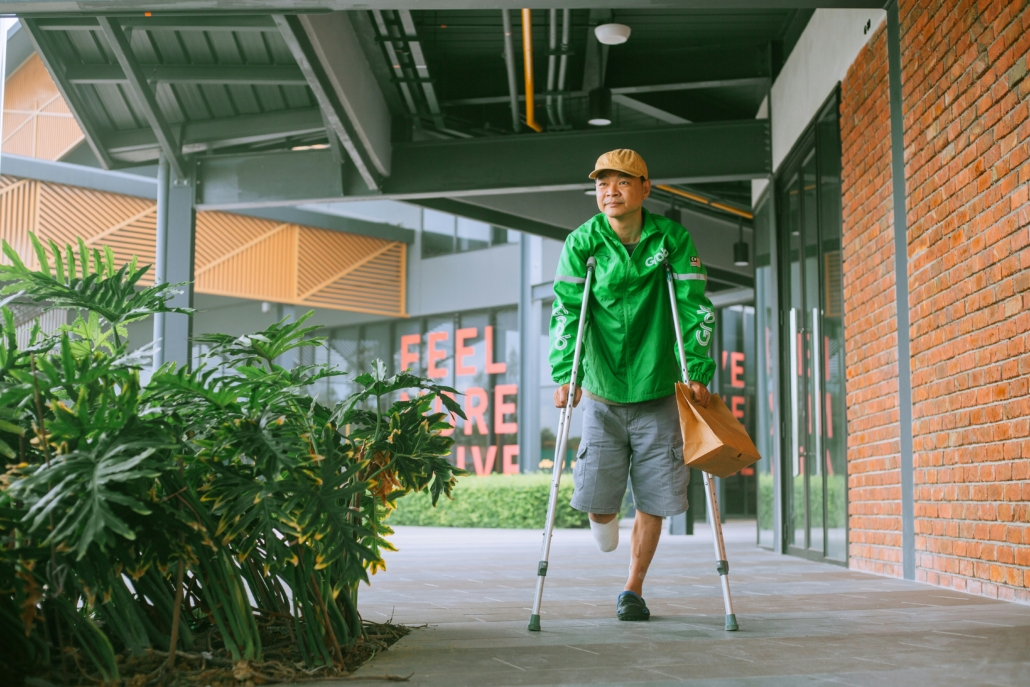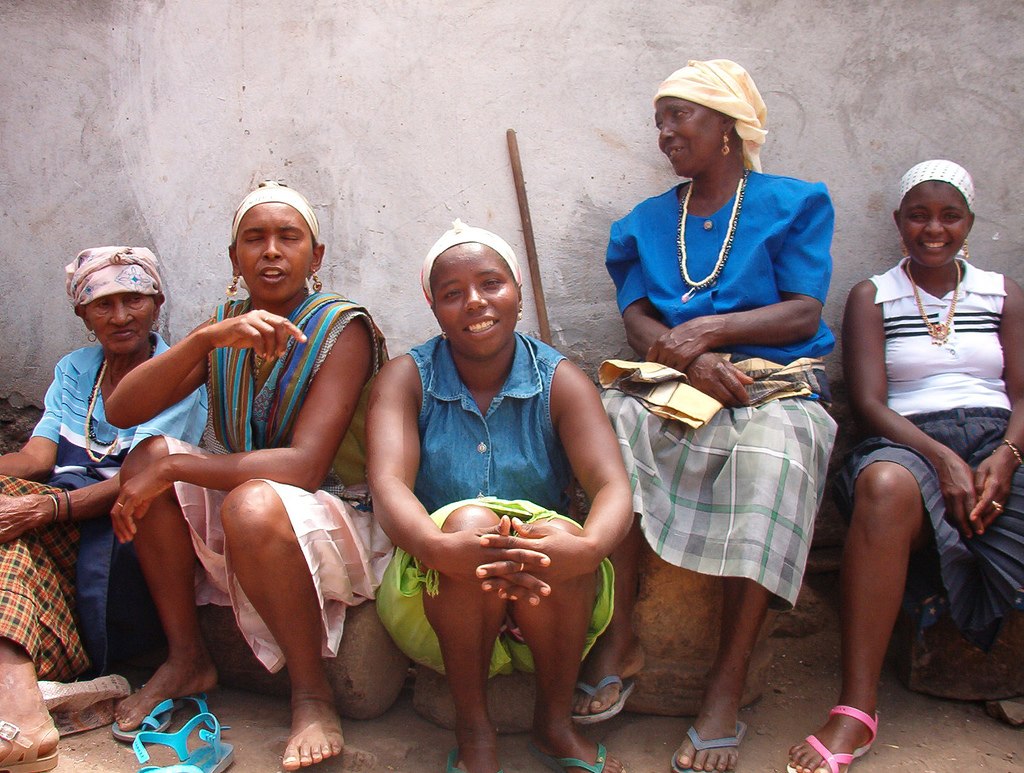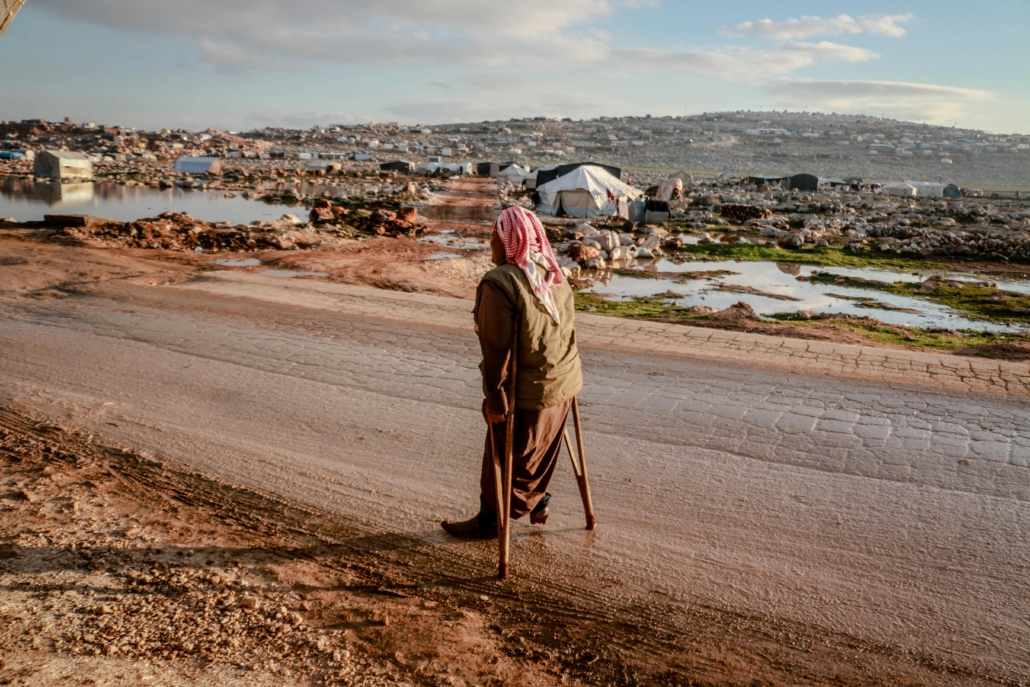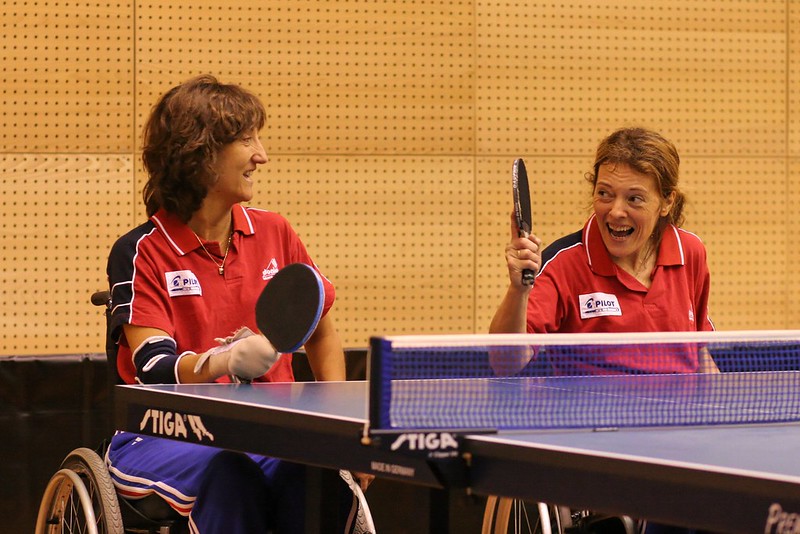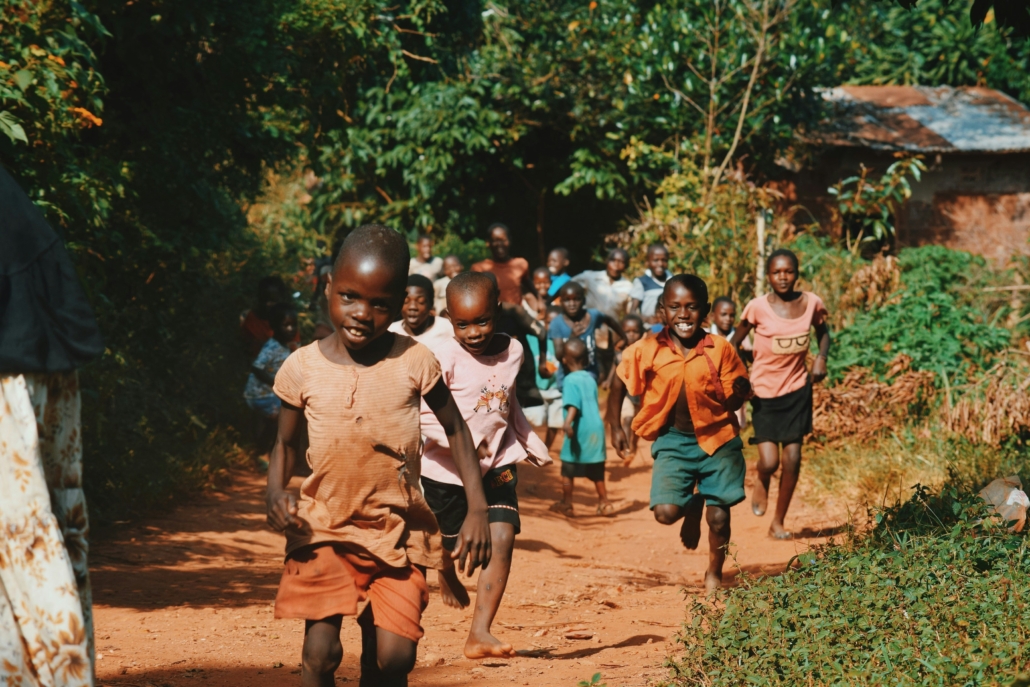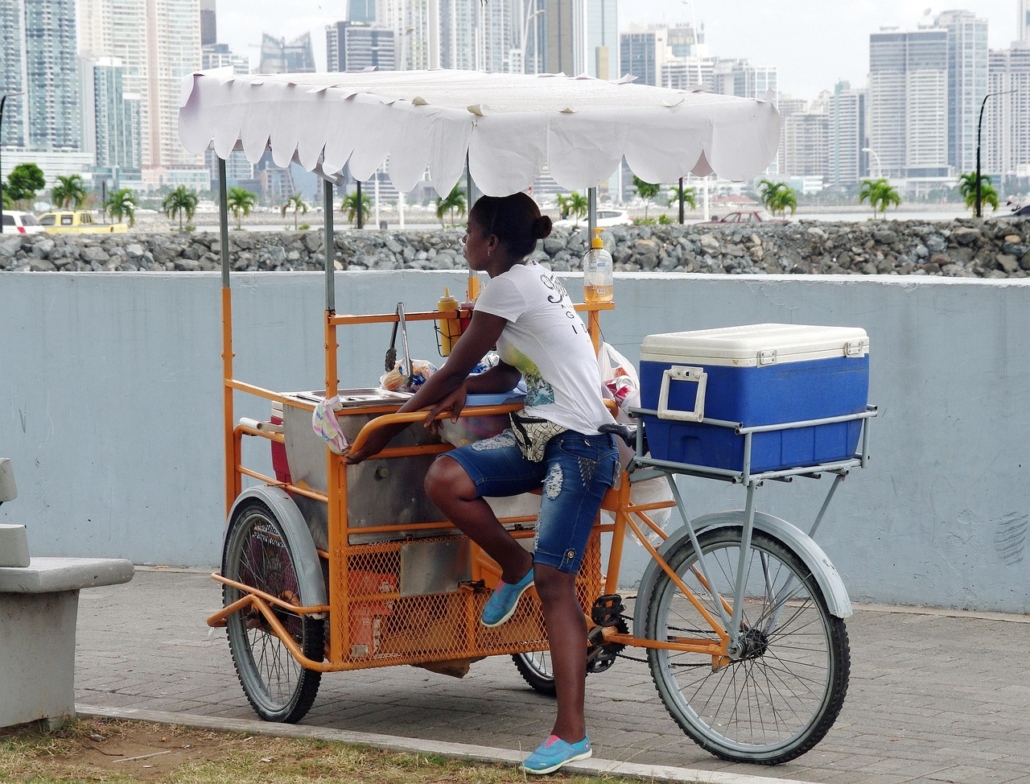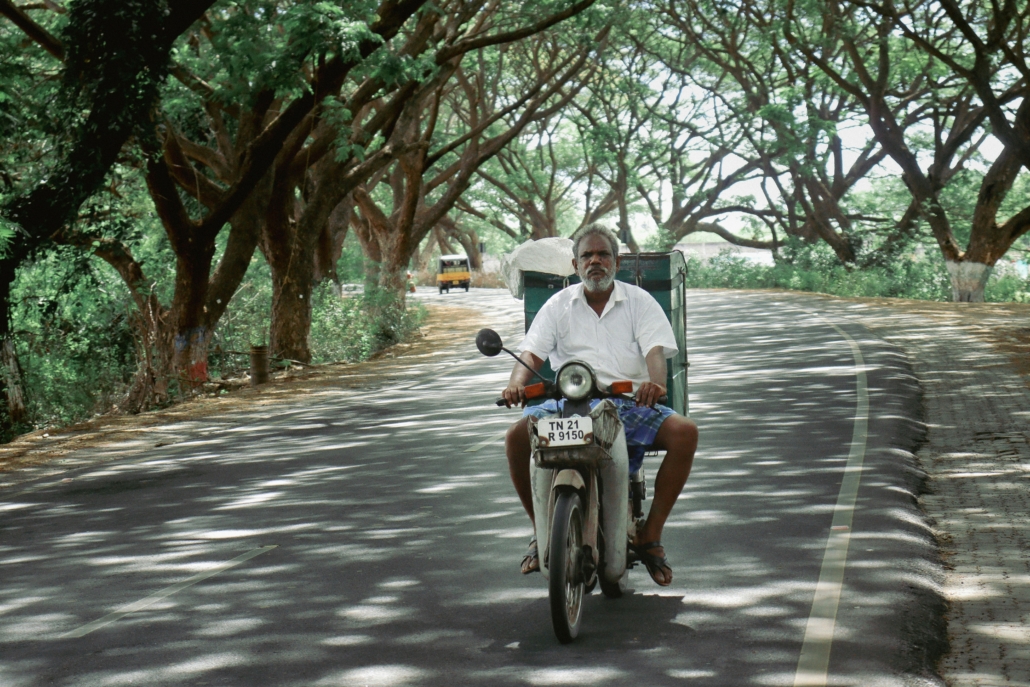 Disability affects 11.7% of Somalia’s adult population, revealing deep inequalities in education, employment and access to services—issues worsened by poverty, rural hardship and a fragile health system amid ongoing humanitarian crises. Many people with disabilities face systemic exclusion from schools, workplaces and public life due to a lack of inclusive policies and cultural beliefs. These challenges are further intensified by widespread poverty and rural isolation. In many areas, the fragile health care system—undermined by decades of conflict—cannot provide the necessary treatment leaving people with disabilities more vulnerable during ongoing humanitarian emergencies. Here is information about disability and poverty in Somalia.
Disability affects 11.7% of Somalia’s adult population, revealing deep inequalities in education, employment and access to services—issues worsened by poverty, rural hardship and a fragile health system amid ongoing humanitarian crises. Many people with disabilities face systemic exclusion from schools, workplaces and public life due to a lack of inclusive policies and cultural beliefs. These challenges are further intensified by widespread poverty and rural isolation. In many areas, the fragile health care system—undermined by decades of conflict—cannot provide the necessary treatment leaving people with disabilities more vulnerable during ongoing humanitarian emergencies. Here is information about disability and poverty in Somalia.
About Disability in Somalia
About 13.5% of adults in rural areas have reported having a disability. This higher rate is likely influenced by limited access to health care services, poor nutrition and the impact of prolonged conflict, which increases the risk of injury and chronic illness. Rural communities also tend to face greater barriers in accessing rehabilitation services and assistive devices, contributing to higher levels of untreated or unmanaged disabilities. It is estimated that landmines and “Explosive Remnants of War” are causing 7,000 disabilities a year.
The most prevalent disabilities among both females and males are an inability to see or walk properly. Such physical impairments will significantly impact someone’s ability to perform daily activities, access education, and participate in the workforce.
Somalia has ratified other international treaties such as the UN Convention on the Rights of the Child (2015), the Convention on Economic, Social and Cultural rights and the African Charter on Human and People’s Rights which make some commitment to prevent discrimination and promote care and inclusion. However, there is little enforcement of these provisions and they did not ratify the UN Convention on the Rights of the Child. Due to this, Amnesty International says that, “the rights of most people with disabilities continue to be excluded, and their particular needs and concerns forgotten.”
About Life for the Disabled in Somalia
Life poses several challenges for disabled people, showing the link between disability and poverty in Somalia.
- What is the literacy rate of disabled Somali people? The literacy rate of those who are disabled is substantially lower than those who are able-bodied. About 80.6% lack education, and only 3.3% achieve higher education.
- What is the mobile phone ownership rate? Mobile phone ownership is less common among people with disabilities, with 79.2% owning a device compared to 92.1% of those without disabilities. Similarly, mobile banking usage is lower, 74.3% versus 88.6%, respectively. This is significant because a lack of mobile phones suggests a broader disparity in digital and financial inclusion.
- How much of the population is in poverty? Nearly 70% of Somalia’s population lives below the international poverty line, defined as earning less than $2.15 a day. People with disabilities consistently face higher unemployment levels than those without disabilities, regardless of where they live. In urban areas, for instance, 23.2% of individuals with disabilities do not have employment, versus 17.6% of non-disabled individuals.
- What is the median food consumption? In Somalia, it is $399. Rural areas have a median food consumption of $364, while in urban areas, the lowest median food consumption is $281. In comparison, the average household food expenditure has increased to $10,000 in the USA. People with disabilities in Somalia face even greater challenges, as limited mobility, discrimination and lack of inclusive aid often prevent them from accessing food assistance. In households already struggling with low food consumption, having a member with a disability can further strain resources.
- What is the health system like? The country’s health system faces critical shortages, and only one-third of the existing health facilities are functional. This has largely been due to the war, and because of the collapse of their health system there has been a spread of diseases such as polio or meningitis which have led to impairments. Further, it is extremely difficult to access the existing health facilities, due to transportation and medical costs. Transportation can cost up to $300 in some cases which prohibits much of Somalia’s poverty stricken-population.
Humanitarian Aid
The EU has allocated up to €202.54 million for humanitarian interventions in the country between 2023 and 2025. This funding supports aid organizations in delivering food assistance, basic health and nutrition services, clean water, protection, shelter and education.
In addition, the International Rescue Committee (IRC) has been delivering critical services in Somalia since 1981. It delivers programming in health, nutrition, water and sanitation services, women’s protection, as well as addressing the impacts of drought and food insecurity. For example, in 2023, it was able to impact 500,000 people through its work. In particular, it provided life-saving healthcare in challenging environments by delivering it through mobile outreach teams to ensure “hard-to-reach communities can access healthcare.”
Looking Ahead
One cannot separate disability in Somalia from the broader context of poverty, conflict and systemic neglect. With nearly 12% of the adult population living with a disability, the issue is far from marginal. The challenges—ranging from poor health care access and lack of education to food insecurity and digital exclusion—are deeply rooted in both social inequality and the country’s ongoing humanitarian crises. While international aid and local initiatives offer some relief, lasting change requires sustained investment in inclusive policies and community-based support.
– Noorum Khan
Noorum is based in London, UK and focuses on Celebs and Politics for The Borgen Project.
Photo: Unsplash
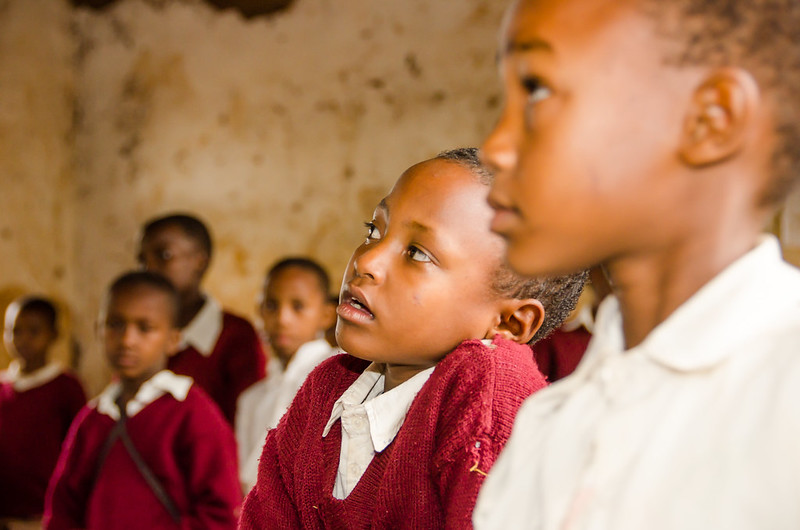 In
In 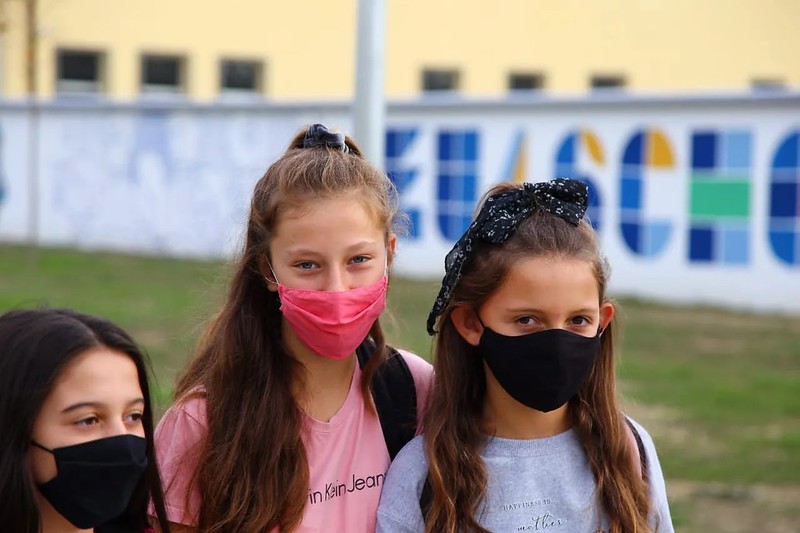 Albania’s
Albania’s